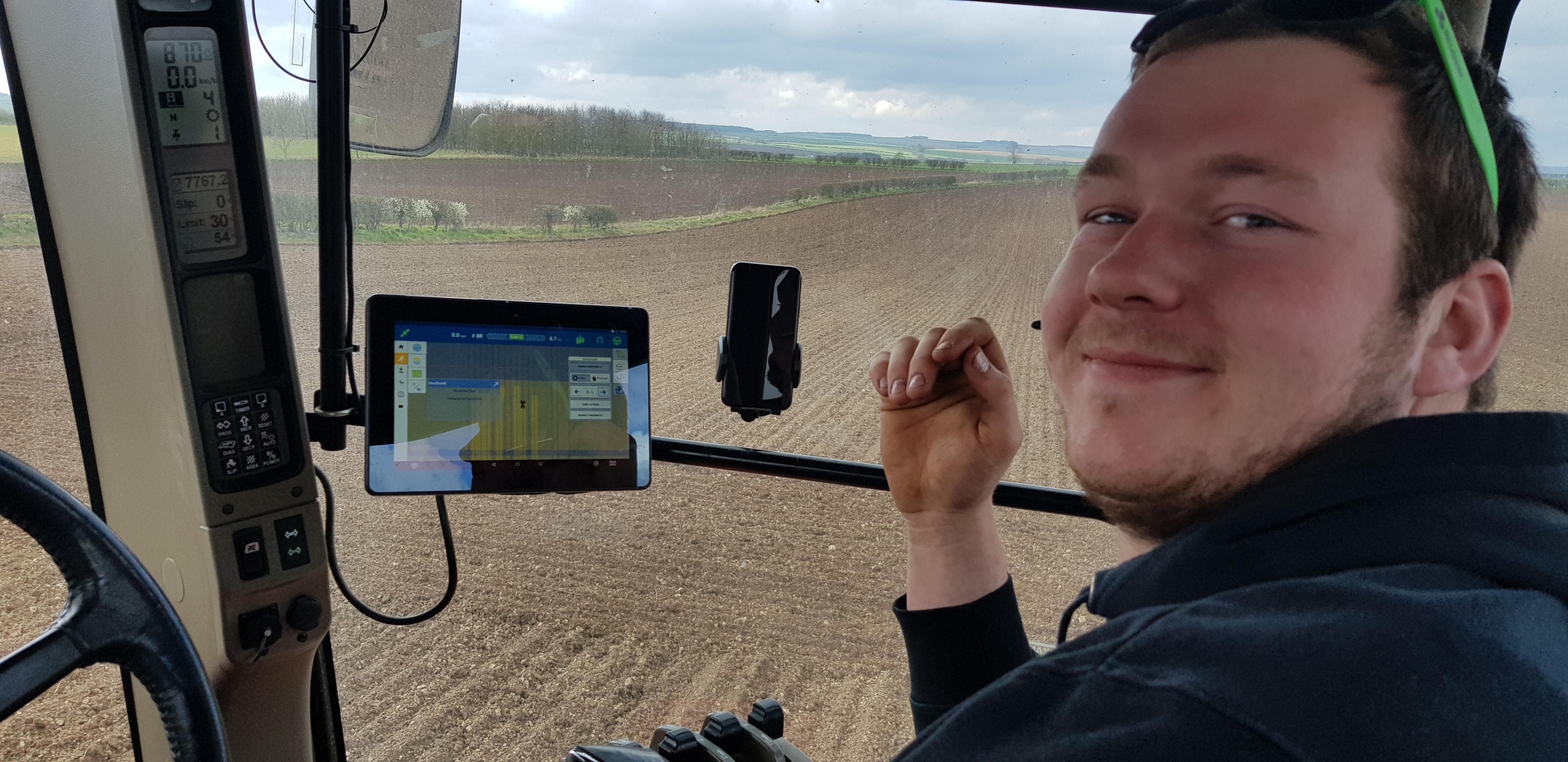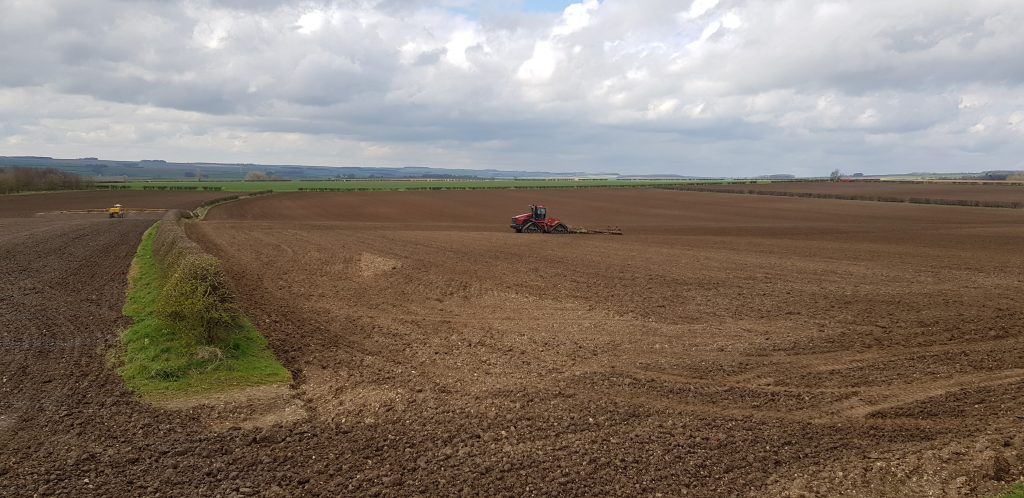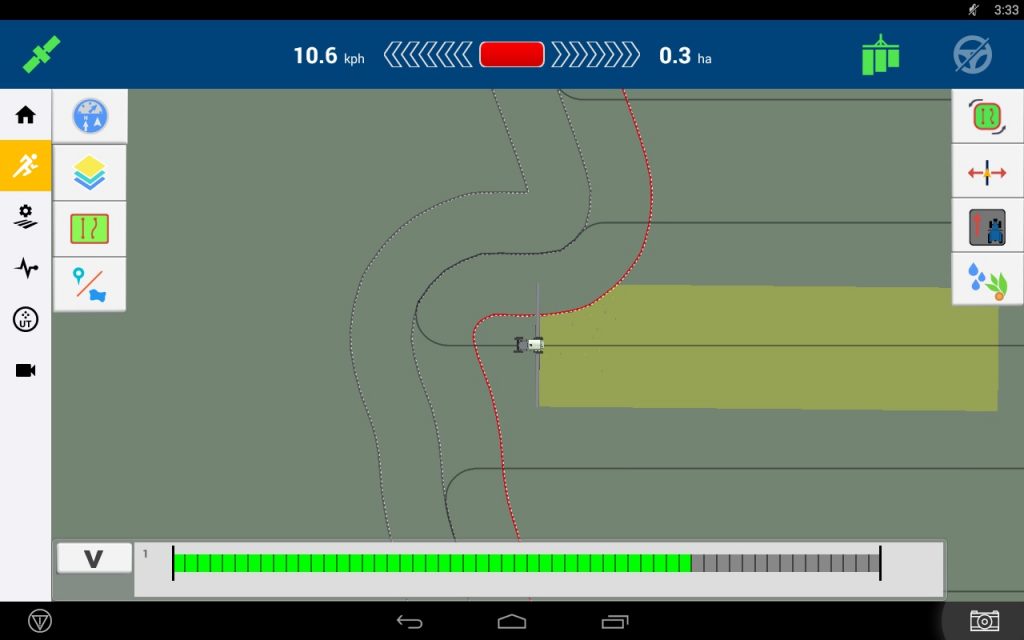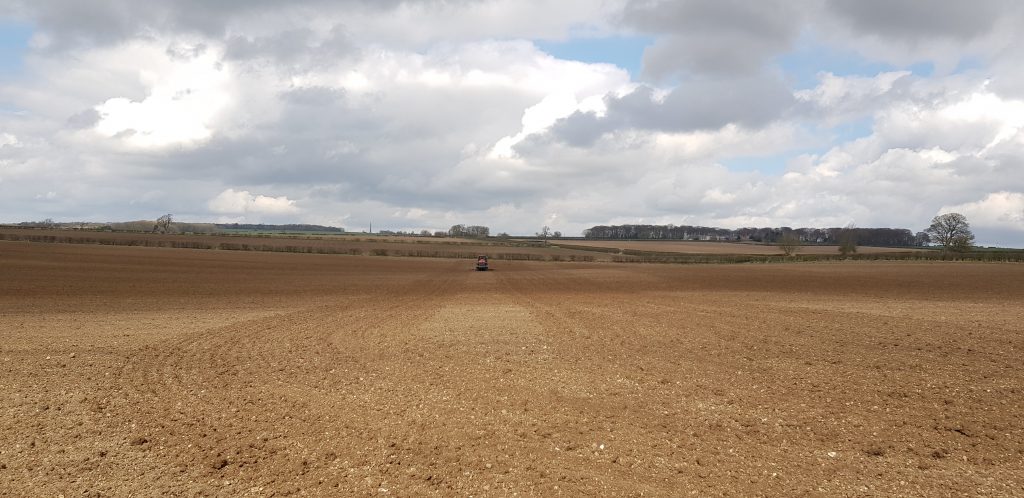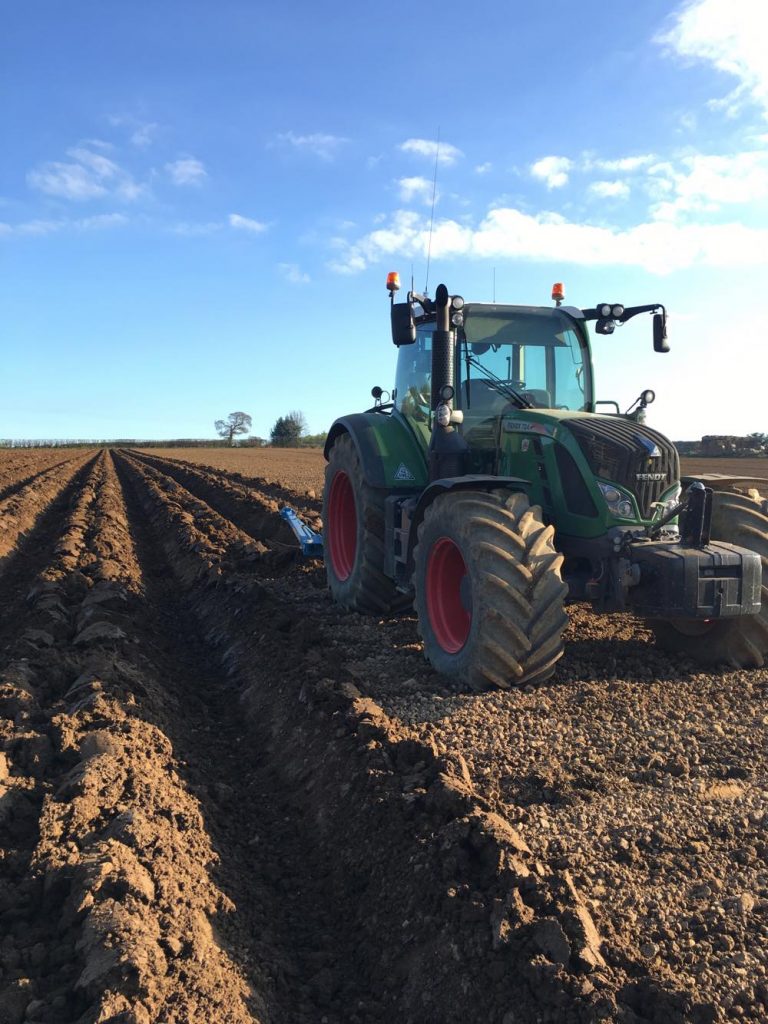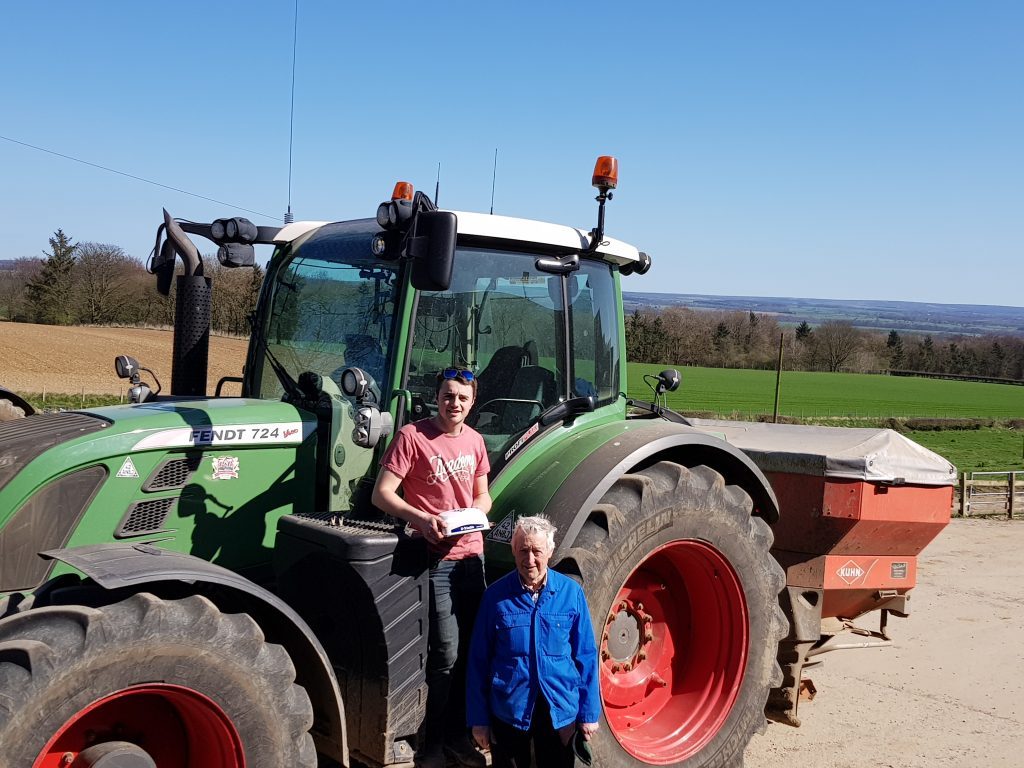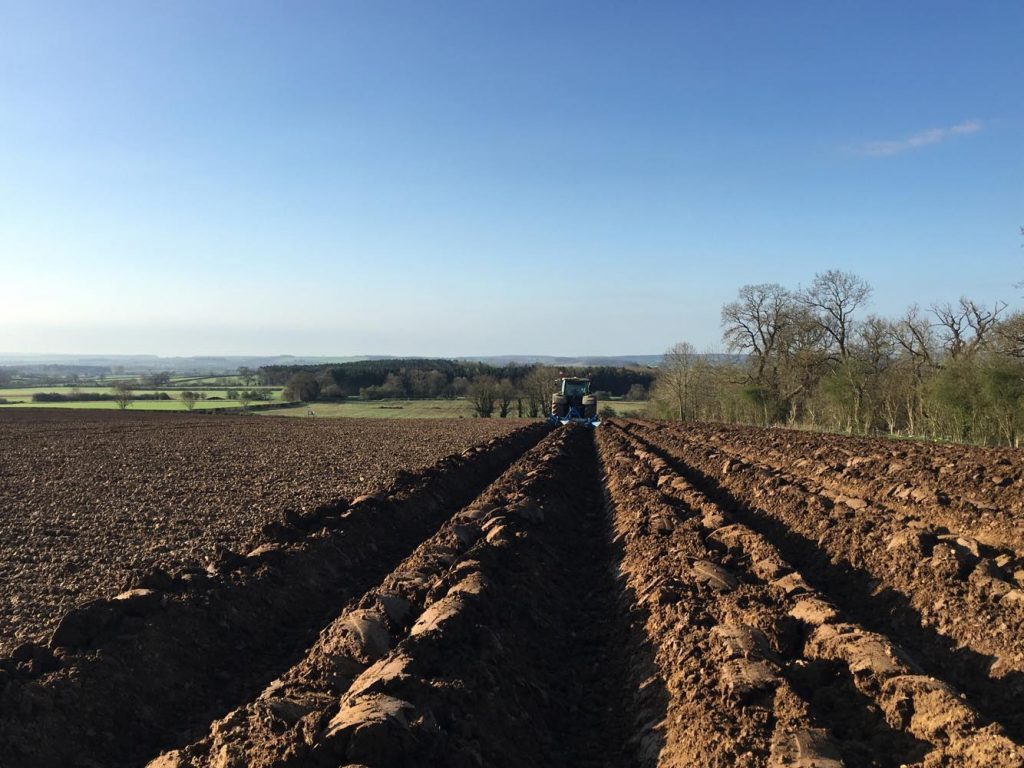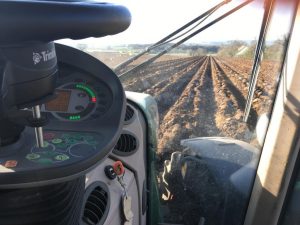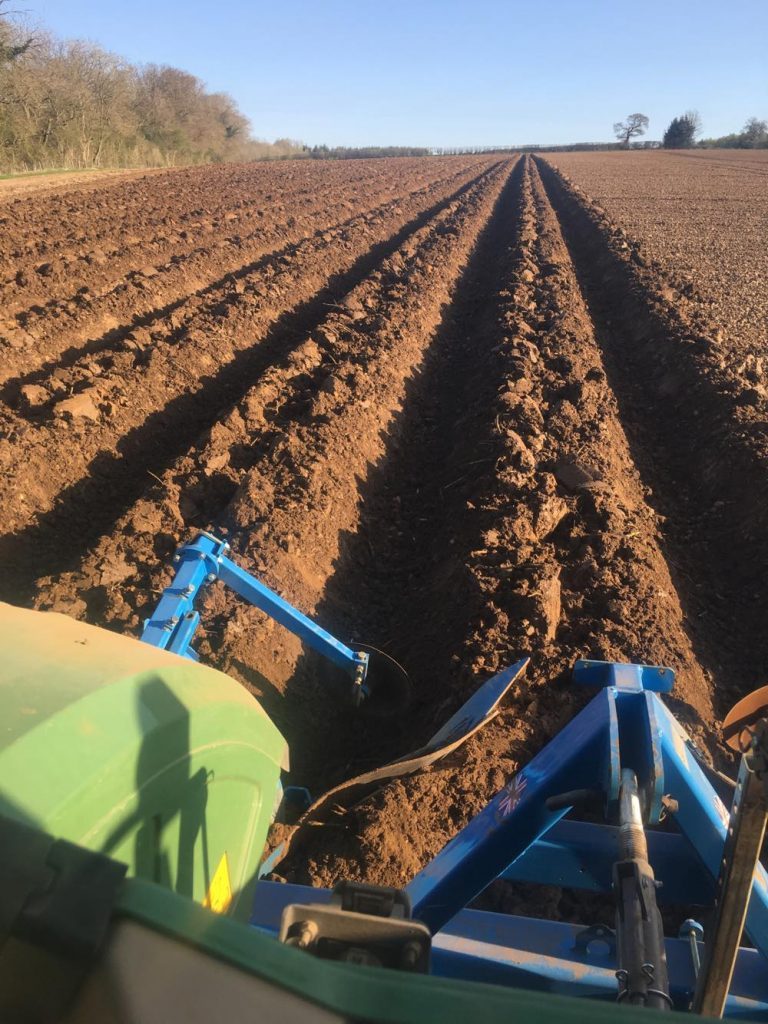How Will Autonomy Change Farming?
Since the tractor replaced the horse and buggy over a century ago, farming has continued moving towards full autonomy. The introduction of auto-steer was perhaps the most significant step in the process because it was the first to automate a task humans were doing.
Now we’re starting to see manufacturers and companies introduce autonomous concept tractors and fully autonomous implements, removing humans almost completely from the field.
With more and more machines replacing typical farming roles, it leads to the question: How will autonomy change farming?
Next Solutions Similar to Autosteer
While you may be picturing the future of farming as autonomous robots handling every field task while the farmer monitors them from the comfort of his home or office, that reality is still a long ways away. Instead, moving towards such a future will happen in small incremental steps over time, just as we’ve seen farming evolve to where we are today.
The next solutions we’ll see brought to market will be similar to auto-steer and end-of-row turning like NextSwath and TrueSwath, such as speed control and pass plantings, which will optimize a pass as a farmer drives through the field.
We’ll also start to see driverless tractors controlled by someone in another tractor to complete simple operational domain activities like tillage. In autonomy, the operational domain is defined by what the activity is and how close other objects are to the vehicle during the activity.
How Autonomy in the Automotive and Arms Industries Impact Ag
Agriculture, in general, tends to have a simpler operational domain than other industries using autonomous vehicles, because our operations are often taking place in empty fields. The automotive industry has a more complex operational domain because their autonomous vehicles are operating on busy streets and highways, where they’re encountering more vehicles and objects than you would see on a farm.
While the agriculture and automotive industries are very different, ag should be able to benefit from the progress made in the automotive space. Because billions of dollars have been poured into research and development for autonomous vehicles, car manufacturers have seen significant cost improvements on their sensors and processing hardware. By leveraging this cost-effectiveness in a simpler operational domain, agriculture should be able to bring autonomous solutions to the market even faster.
Trimble also has a connection to autonomous vehicles that will help bring autonomous solutions to agriculture, with several divisions working on autonomy, while our RTX division has RTX-certified solution for automotive that Cadillac has integrated into its cars. Our XYZ division has a simulation engine that allows us to test our autonomy algorithms prior to putting it on a vehicle, which allows us to run through test cycles much quicker.
We also have our Applanix division, which was involved in the U.S. Department of Defense’s Defense Advanced Research Projects Agency (DARPA) Grand Challenge, an event designed to “accelerate the development of autonomous vehicle technologies that could be applied to military requirements.”
The defense industry actually faces very similar challenges to those the ag industry faces with autonomy. Like agriculture, their vehicles aren’t typically operating on clearly defined roadways and sometimes there are challenges like dust that can make it difficult for vehicles to navigate their environment. The sensors and technology the military uses are far more robust and industrialized than those used in the automotive industry, which also makes them more suitable for agriculture.
But one challenge unique to agriculture is that unlike the automotive and military industries, it’s not just about automating the vehicle. In farming, there’s a specific task being performed when a tractor or vehicle goes across the field. The vehicle is just horsepower. Which means in ag, the main focus needs to be on the implement, the actual job being performed.
Trimble Acquisitions Support Future Autonomous Solutions
That’s where we’re going to see the biggest improvements in ag in the next few years: making sure the task is being done correctly. While Trimble has been accurately navigating vehicles across the field for over 15 years, we’ve also made some recent acquisitions to help us get a better picture of the surroundings where a vehicle is operating, which will help us ensure an autonomous task is executed as accurately as possible.
One of those is C3’s Soil Information Systems (SIS), which takes soil cores throughout a field to assess detailed soil properties and create a map of the different soil types at different levels. This can then be used to build a bigger picture of why a field behaves a particular way, which will then allow an implement to automatically adjust based on soil types conditions.
With the acquisition of Müller-Elektronik, world-renowned for its implement control mechanisms, Trimble can not only control implements better but get more information from the implement as to how it’s behaving — all of which will ensure the job quality remains at a high standard, whether there’s a human in the cab or it’s an autonomous solution in the future.
How Autonomy Will Impact Farmers and the Industry as Whole
While autonomy means we’ll start seeing fewer people physically on machines in the field, it doesn’t mean there were will be fewer people working the operation, or that farmers will be any less involved in their farms.
Instead, we’ll see a shift in the role of farming.
For example, many farmers today spend a lot of time interacting with just the equipment they’re driving through a field. We’ll start seeing one farmer “shepherding” two to three vehicles, while someone else will be in charge of refilling the vehicles with fuel and any inputs.
It’ll allow farmers to focus on the aspects of their operation outside of just getting the job done.
The dairy industry is a direct parallel of what we’ll see in row-crop farms. When autonomous milking was adopted by small family farms, dairy farmers went from having to go out at 4 a.m. to milk the cows to being able to spend more time on the welfare of their animals and the business side of their operations, as well as giving them a greater work-life balance.
The benefits of autonomous solutions will also start out similarly to what we currently see with those already on the market, such as auto-steer, which not only helped reduce operator stress and fatigue but has allowed farmers to perform the job better for longer periods of time, which has resulted in higher productivity. New solutions will mostly impact labor costs, which includes not only the cost of an employee but the secondary cost of having to find the right people to do the job. While it may not be measured on a balance sheet, it takes time and resources to look for and hire the right people. With autonomous vehicles, farmers will save the money they would’ve paid for labor while also avoiding the headaches involved in hiring, as well as regulations related to labor.
The cost and availability of labor is a major driving force for autonomous solutions in Europe, especially in organic operations, where tasks like removing weeds require more intensive, manual labor. European farmers are not only challenged with finding people willing to do the jobs, but also the high wages they have to pay them, which ultimately results in higher food prices. With autonomous solutions, this will not only help the farmers’ bottom lines but the consumers’ pocketbooks as well.
It can also help reduce waste on produce farms. Today, when a field of lettuce or brassicas is harvested, the combine will harvest the entire crop, regardless of whether the plant is ripe and healthy. Then the crop is sorted and those not fit for market are tossed. With autonomous solutions, there’s the potential to have a harvester run multiple times, only selecting the plants that are ripe and ready, because of the lower cost associated with that process. This not only reduces food waste but could help reduce inputs as well.
Labor is also a challenge in Australia, where the sheer size of the farms makes it impractical for hosting seasonal workers. Whereas in Japan, the average farm size is just a few acres, but with an aging farmer population, autonomous solutions will likely be necessary to accommodate a shortage of labor.
Autonomy and Small Farms
While immediate autonomous solutions will be best fitted for larger, enterprise operations, eventually we may see it evolving to better fit smaller farms.
For decades machinery has only gotten bigger and bigger so that a farmer could cover more acres in less time. But with autonomy, instead of having said, one 40-foot sprayer, you could have two 20-foot sprayers or four 10-foot sprayers, and by being able to control them all you’re still getting the same amount of work done in less time.
The benefit of moving toward smaller autonomous equipment is three-fold. One is that if you only have one piece of equipment like a sprayer go down, you can’t get any work done until it’s up and running again. With multiple smaller sprayers, you’ll be able to continue working and get at least half of the job done in the same time.
The other benefit is that smaller machines are lighter, which is better for the soil in terms of compaction and should hopefully increase yields.
Finally, smaller machines are more affordable than bigger ones. So small farms that can’t afford and have no need for a 40-foot sprayer, may be able to benefit from an autonomous 10-foot sprayer.
But the move toward smaller autonomous equipment is not something that’s going to happen in the immediate future. Part of this is because by making current sized equipment autonomous, weight reduction is already reduced. A lot of the weight on tractors today is for the comfort of the operator. By removing the need for suspension and other features that benefit the driver, you already reduce weight and therefore the amount of soil compaction created.
Going to smaller vehicles will also require a complete change in the way farming happens today. You can’t go from a 200 horsepower tractor down to 100 horsepower and expect to half your productivity, because it doesn’t scale that way. So while autonomy makes it possible for having multiple, smaller pieces of equipment, there’s going to be a lag between when those machines are actually going to be manufactured, because the market for them is much smaller. As discussed in a previous blog post, there’s a global trend that farms are getting bigger in size.
How Farmers Can Prepare for Future Autonomy
With these autonomous solutions on the horizon, what can farmers do to prepare for the future?
The good news is that in terms of infrastructure, there’s nothing specific that needs to be created. In the short-term, autonomous machines will be integrated into existing workflows so the hardware and processes farmers have will remain the same. And since Trimble has always been brand agnostic and will continue to be going forward, any farmer will be able to use our autonomous solutions, regardless of their choice in equipment manufacturer.
Instead, the primary focus will be on “smart” implements. For example, it’ll be important for a seeder to have blockage and seed population sensors. Tractors, on the other hand, are relatively easy to change.
Also, growers should survey their fields and physical surroundings, so that any obstacles an autonomous vehicle might encounter are either removed prior to it entering a field, or at least mapped out so the machine is aware it’s there.
It’ll be important to keep in mind that, in the beginning, these solutions won’t be perfect. They’ll improve and get better as time goes on.
It may be best to think of these technologies like teaching a son or daughter how to farm, by starting with the simplest tasks available. Just as you would have a young upcoming farmer handle tilling inside the field on straight guidance lines while you tackle the headlands and the circuits, that would also be a natural task to set an autonomous tractor onto.
There will be a level of technical skills required that farmers haven’t needed previously, but it’s not something they should be worried about. Farmers won’t have to become fully technical savvy engineers. Instead, the innate technical knowledge growers will need in the future will already be present in younger generations as they grow up.
That’s because of how children today interact with technology. There are 10-year-olds that are being taught programming in schools, something that would’ve been a university-level subject 15 years ago. Those children will have the same technological experience and knowledge that a high-level engineer 15 years ago would have had. There is already inherent technical knowledge within the next generation.

